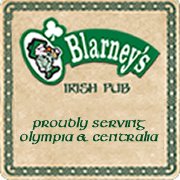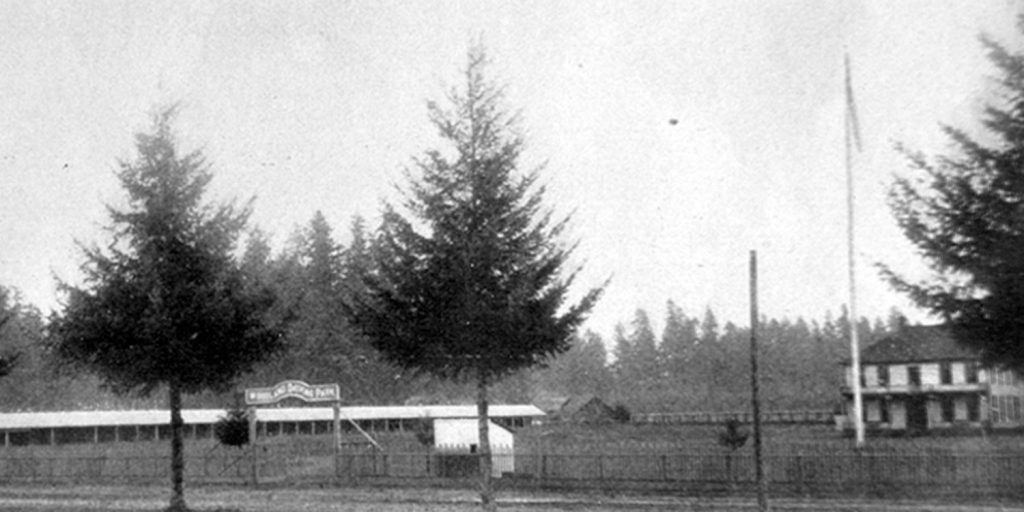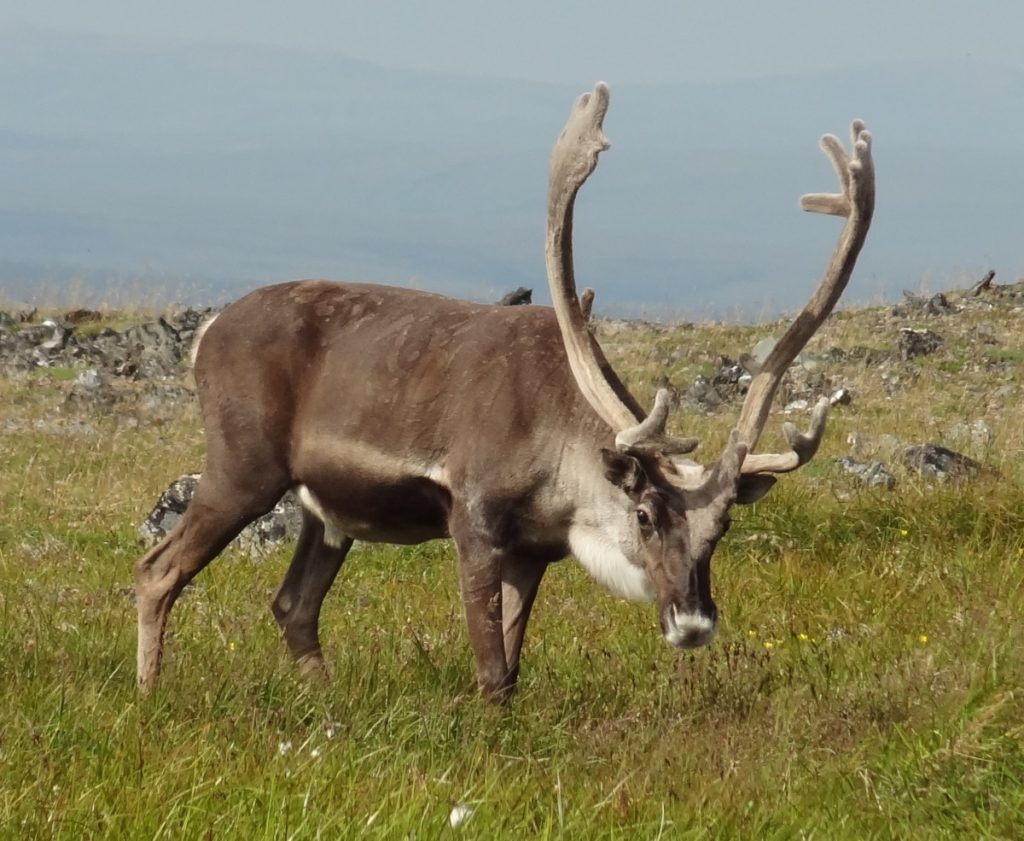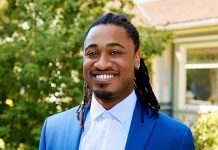In 1930, thousands flocked to Lacey to see something new and exciting: a reindeer race. Billed as the first reindeer race in the continental United States, few in the area had ever seen the animals outside of Christmas imagery.

Carl Lomen, the Reindeer King
That 1930 event was the work of Carl Lomen, Alaska’s “Reindeer King.” He created a reindeer meat empire in the early 20th century, taking advantage of government efforts making reindeer-herding a business for the Inuit. The Lomen Reindeer Company sold reindeer meat throughout the United States.
Reindeer made an occasional appearance on Olympia’s grocery store shelves and restaurant tables. In 1928, the Nankin Cafe, 116 West Fourth Avenue, served reindeer steak with mushrooms as a special Thanksgiving dinner option for $1 a plate. In 1930, reindeer steak appeared locally on the menu of the Elks’ annual homecoming banquet.
While the Lomen Reindeer Company was at its peak in 1930, the company was also facing an official federal government investigation into its business practices.

Lacey Racetrack
Why the Reindeer Company chose the Lacey Racetrack is unclear. Built in 1891 for horses, by this time the track was in financial difficulty and eager for new opportunities.
Local organizers founded the Reindeer Racing Association with Seattle’s J. B. Beriault as president and Olympia’s J.E. Shrewsbury and Carl Davis as secretary-treasurer and chairman/manager, respectively. The Olympia Chamber of Commerce pledged its support. Newsreel companies promised to be on hand to make newsreels of the races, which would be shown in an estimated 10,000 theaters.
Advance tickets to the Lacey race sold well across the region, including at least 2,500 in Tacoma and Seattle. It was “the talk of the towns” promoted as “the greatest entertainment attraction ever.”

Reindeer Arrive in Lacey
A herd of 16 reindeer from Nome, Alaska, arrived at Lacey via Seattle in early October. The animals were accompanied by two Inuit herders. “These aren’t the quiet, demure little animals customarily associated [with Christmas,]” observed the Daily Olympian, “… [Herder Alex] Ashenfelter’s ‘pets’ have striking forefeet and are experts at wielding sets of four-foot horns” though all but two had shed their horns earlier in the year.
Perhaps naively, organizers hoped they could “tame” the animals and teach them to pull sulkies, a type of racing cart. Their trainers, George Davis and A.E. White, treated them like horses and claimed they had them eating moss out of their hands in a short time.
Organizers picked their own names for the reindeer. “Alaska Joe” was the fastest. Other reindeer included Billy Sunday, Soapy Smith, Swiftwater Bill, Klondike Pete, Wounded Knee who’d been injured on his trip south and the irascible “Dan McGrew,” named for the prospector of literary fame. Governor was named for Roland Hartley because he was very independent.

Off to the Lacey Reindeer Races
The races were held Sunday through Tuesday, November 9 through 11, 1930, beginning at 2 p.m. daily. Admission was $1 per adult and 50 cents per child. The daily program began with a 1-mile harness horse race. It was followed by a reindeer exhibition, reindeer race, reindeer vs. horse race and half-mile horse race.
The show began on Sunday with a performance by Carl Nommensen’s City Band at Sylvester Park at 12:30 p.m., before everyone relocated to the racetrack. Though thousands were expected for the first day, only 800 showed up. But the event carried on. Richard Smith, Elma fair announcer, talked about reindeer and the reason for the races. Governor Hartley spoke about how while the racing idea was new, “reindeer business” showed great promise. He then officially started the first race.
But the reindeer races that day proved a disappointment. The crowd’s noise frightened the reindeer, they fought the sulkies and the race was slow. W.F. Redwood of Tacoma was so disappointed that he filed a complaint against the members of the Reindeer Racing Association with an Olympia court, accusing them of false advertising. If the reindeer would not race, it was not their fault, the Association countered, promising that the show would go on.
By the second day the animals were better adjusted to the noise and the races improved. The third day of racing was considered “good” by organizers. The 10th Field Artillery Band of Fort Lewis played Monday and the City Band returned Tuesday. LeRoy “Red” West, the “singing highway patrol officer,” entertained throughout.
Otherwise, the papers kept mum about the event. Did Alaska Joe win or did Swiftwater Bill manage to pull a miracle? The world may never know. A recap of the day’s racing events played on KJR radio every night. No photographs or film footage of the event survives.
City and state officials hosted the Alaska Livestock and Packing Company, including Carl Lowmen himself, at a Hotel Olympian banquet later that month but the writing was on the wall for both the Company and the Lacey racetrack. The racetrack closed a few years later and the government shut down Lomen’s company around the same time.
While Lacey never had another reindeer race, the 1930 spectacle was something to remember, especially for children eager to catch a glimpse of SantaClaus’ noble steads. Reindeer remain an enduring symbol of the holidays.



















































